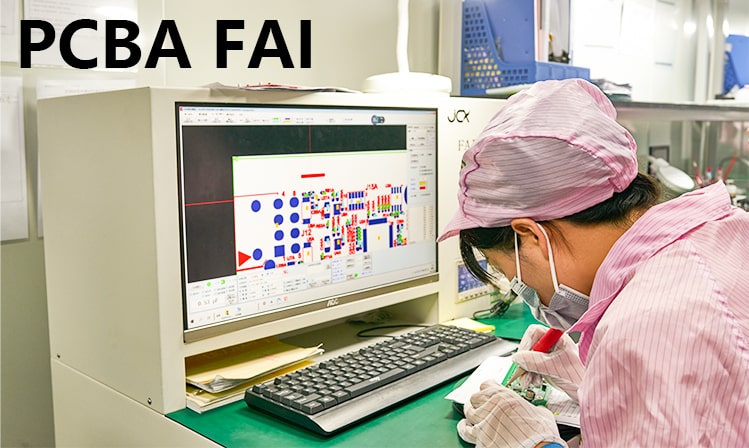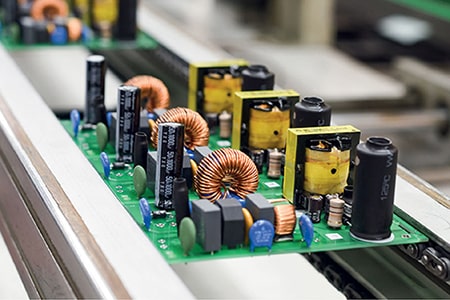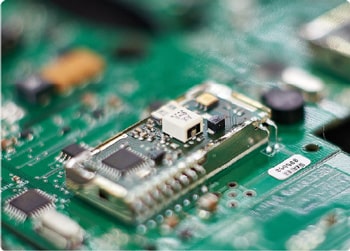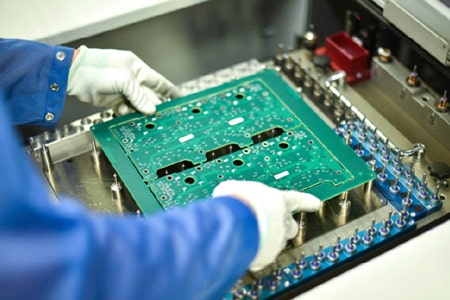The Importance of First Article Inspection in PCBA Processing
PCBA Processing Manufacturer: What is First Article Inspection? In the electronics manufacturing industry, PCBA processing is the core process of installing electronic components on PCB boards. To ensure the stability of the processing process and the consistency of the product, First Article Inspection (FAI) has become a crucial step in the PCBA manufacturing process. First Article Inspection plays a huge role in product quality assurance and production efficiency improvement.
What is First Article Inspection?
First Article Inspection refers to the comprehensive inspection of the first assembled sample board in the early stage of PCBA mass production to confirm whether it meets the design requirements and process standards. Only after confirmation will subsequent boards be mass-produced. The core purpose of first article inspection is to identify potential problems through the inspection of the first sample, so as to avoid defective products from entering the mass production process.

First Article Inspection mainly focuses on the following aspects:
1. Accuracy of components: Check whether the components are correctly installed in the predetermined position, including whether the model, specification, polarity, etc. are consistent with the design drawings.
2. Welding quality: Confirm the firmness and reliability of the welding point, and check whether there are welding problems such as cold soldering and short circuit.
3. Electrical performance test: Ensure that the circuit board meets the design requirements in terms of electrical performance, such as key indicators such as voltage, current, and signal transmission.
4. Appearance inspection: Check whether the appearance of the board meets the standards and ensure that there are no obvious scratches, dirt or damage.
First-article inspection is not only a technical requirement, but also an important link to ensure the quality and efficiency of mass production. As a "gatekeeper", it can detect potential defects in time, prevent defective products from entering the market, and save production costs.
The importance of first-article inspection in PCBA processing
1. Improve product quality and avoid quality defects
In PCBA processing, first-article inspection is the first line of defense to ensure product quality. If first-article inspection is not performed, once mass production begins, any processing error will result in a large number of defective products. Even a component placement error or welding problem may cause the entire circuit board to fail.
2. Improve production efficiency and reduce rework rate
Rework is not only time-consuming in PCBA processing, but also increases costs. First-article inspection can significantly reduce the occurrence of rework. Once the first article inspection is confirmed to have passed, the production line can run stably according to the determined parameters, thereby improving production efficiency. On the contrary, if there is no first article inspection, production needs to be suspended for modification and debugging after the problem is found, which seriously affects production capacity. For example, in a batch production, we found the component offset problem in the design drawing through the first article inspection, and timely adjustment avoided the rework waste of subsequent batch production.
3. Ensure the accuracy of customer needs
The process of first article inspection usually includes customer confirmation, that is, the customer will confirm the various indicators of the sample board with the engineer.
4. Save costs and reduce waste
The defective rate in the PCBA processing process is a key factor affecting manufacturing costs. The first article inspection reduces the production of unqualified products by "checking" before mass production, thereby reducing the rework rate and saving material and labor costs. Studies have shown that the first article inspection can reduce the defective rate to less than 1%, greatly reducing material waste and production costs.







